Many of us will have worked somewhere where there has been a uniform that we are encouraged to wear. A nurse might be given scrubs, a dentist has their bib, a mechanic a set of overalls, a soldier their uniform, a footballer their strip and lab worker their lab coats. So why is it that I struggle to get many of my students to put theirs on?
Trend setting
The short of it is I don’t know. Many non-wearers say they don’t own one, despite it being a pre-requisite for studying a science degree at most Universities where I have taught. For others it is apparently something of a statement around fashion, like the obligatory baseball cap that will do nothing to protect their necks or ears from sun damage. In some cases it has been poor leadership by those delivering the teaching that has allowed this culture to grow. Whatever the reasons, our lab health and safety procedures usually dictate their requirement, so perhaps it is around conveying the reasoning for this?
Offering protection
The primary function of the lab coat is generally to keep the wearer clean. Whilst it is true that in some cases we may be using chemicals that this layer of cotton will not protect us from, it can often lessen potential damage, be easily removed and replaced. Besides, when there is a higher risk of exposure to some chemicals or even water we may add a suitable apron to our wardrobe for the day. Sometimes this protection is also against something that others have done. I know I have lost lab coats to acid, bleach and stains that had nothing to do with work I was doing, but my lab coat picked up as I worked in shared environments.
As well as protecting us from our environment, the lab coat can also protect our experiments from us. You might be amazed or disgusted to discover just what is living on our clothes and body, but for many scientist this microbiome is not a factor in our experiments and we’d rather not bring it to the party.
And now the dirty bit
So, in order to protect us and our experiments, we should be putting on our lab coats as we go in and out of the lab. That’s great, but have you ever sat in a tea room or shared office and someone comes in still wearing theirs? Have you seen students wandering home after a practical wearing theirs? Have you ever wondered if you should challenge their decision to continue with this behavior? Well if not, then I would now encourage you to do so and here is why.
Recently I was preparing some soil fungal cultures for a second year class. I had two spare plates so thought I would include one as a control and the last one….well, I decided to press it against my lab coat just above my left hand pocket. I sealed and incubated these plates with inoculated ones and five days later I shared them with the lab…. and now with you.
Cleanliness is next to godliness
Sayings are wonderful things, but cleanliness is generally considered a good if not godly idea. I don’t do as much lab work as I used to and in the past my lab coats used to go to the wash every second week without fail and sometimes more often. These days they tend to hang around a little longer between washes, but they do still get washed. Being originally white, they tend to tell us when it is time for a plunge, but on this occasion it was probably nearer to six weeks since my coat had last seen the inside of the laundry bag. What grew on the plate surprised me and not just a little.
All culture, great and small
It was something of a shock to see as many fungal cultures from an area of my clothing only 9 cm in diameter as I was recovering from around 0.01 g of soil. Now I knew the soil was full of life, but my lab coat. No, that had not been on my radar. Additionally, some of the fungi that were there also got me thinking. There were some Fusarium species and whilst possibly not plant pathogenic, I was really not wanting to find out. There were some Penicillium species, which most of us would have seen at some point on mouldy bread, but for others can pose a health risk. Among the others on the plate there were also some Aspergillus species and whilst these were not identified further I know from my years labouring on farms that farmers lung can be attributed to some of these fungi.
Most of these fungal genera were also found in the soil and we are probably surrounded by many of them on a daily basis, this observation taught me one thing, it was time to wash my lab coat, and hopefully will encourage a few more of my students to consider putting one on the next time they walk into a lab, but I guess we’ll have to wait and see.

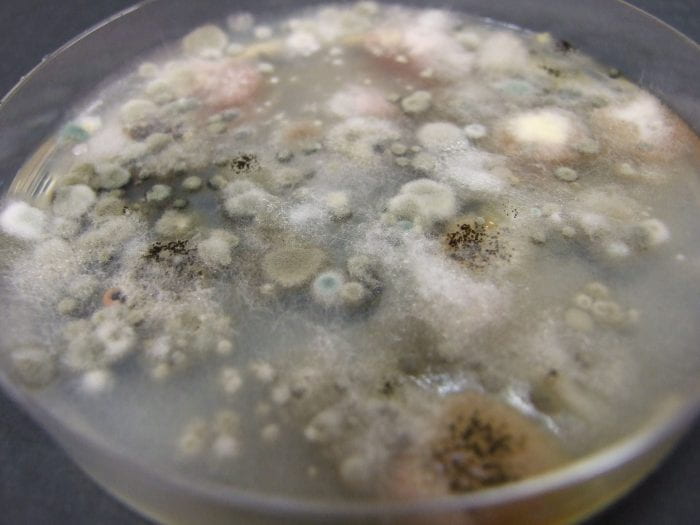

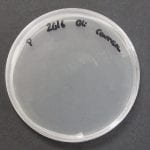
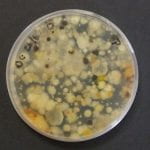
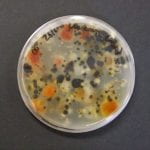
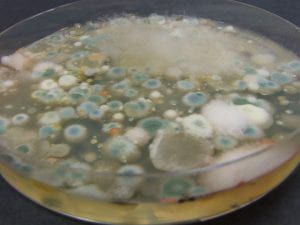


Wonderful, Thanks.
I appreciate your efforts in highlighting the significance of lab coats and their proper maintenance. But I also think it’s important to invest in quality lab coats, such as, https://www.mediscrubs.com.au/lab-wear/lab-coats/ . Not only does it enhance personal safety but also presents a professional image